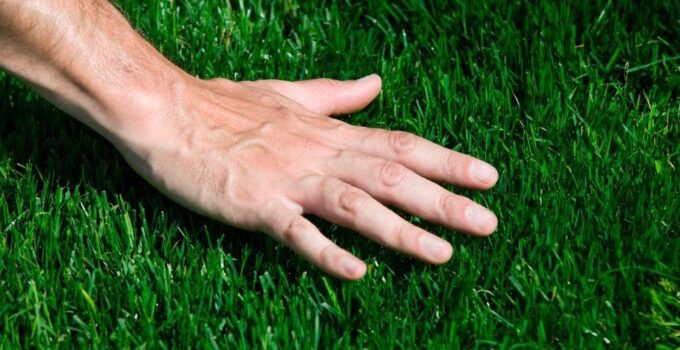A green and well-kept lawn makes any garden more complete, doesn’t it? In addition to making the space more beautiful, the grass is an invitation to have picnics, play a sport or even rest with the right shade and freshwater! But did you know that there are several types of grass, and each has different characteristics and indications?
Yes, there are many varieties of grass! Some are more common, while others are a little less used. Many of them are resistant to trampling and can be used in transit areas, while others are only used for ornamentation. In addition, the species also have differences regarding growth, resistance to sun and shade, and other aspects.
Today we’re going to learn more about Bermuda grass and how to make it grow well.
The Bermuda Grass
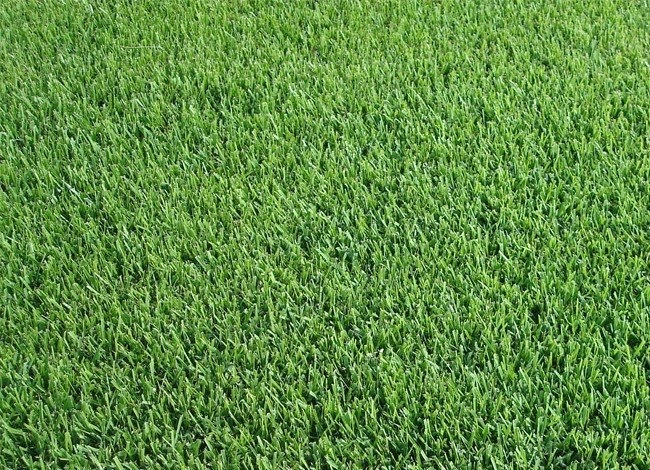
Bermuda grass is a standard variety in several countries, very suitable for football, golf, and polo fields. This is because the species is highly resistant to trampling, which makes its tolerance to use excellent. This type of grass has narrow leaves and requires more maintenance, as it needs to be fertilized at least twice a year.
The growth of this grass is fast and, therefore, the pruning must be done every fortnight. Bermuda grass is very resistant to drought and has great adaptation in regions with hot weather. Although it also has good resistance to cold, it is not suitable for shaded areas, as this characteristic can compromise the plant’s development.
Four crucial factors to make Bermuda Grass grow
Anyone who has a Bermuda Grass at home knows that taking care of it is not an easy task and that problems like these end up being very common. But the good news is that learning how to take care of the lawn in your garden will make it easier to avoid and solve all of this!
And for that to happen, you must know about four essential factors for the health of your lawn: mowing, irrigation, fertilization, and pest control. When these processes are done correctly, it’s much easier to keep your grass green to beautify your garden, play sports, have a picnic, and much more! Check it out:
1- A good fertilization
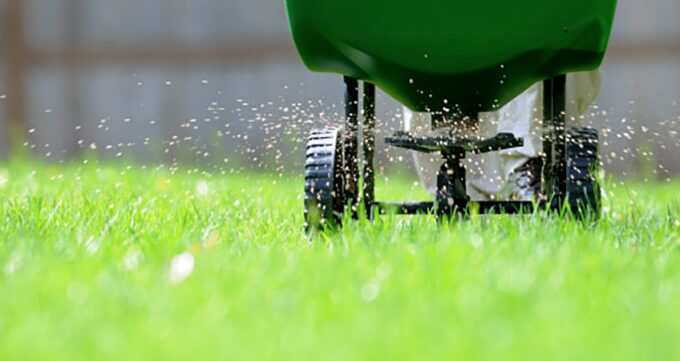
Source: ocilandscaping.com
As with any crop, lawn fertilization is critical! Ideally, it should be done at least three times a year, preferably during the warmer seasons. Lawn experts at GrassLawnsCare have compiled a list of the top 10 Bermuda grass fertilizers.
It is always important to analyze the characteristics of the land and consult a professional specialized in how to take care of the grass to find out if the area does not need a more significant amount of other nutrients or if the soil needs other corrections.
The fertilizer must be spread evenly to avoid stains that could harm the garden’s aesthetics. It is also essential to do good irrigation after fertilizing to prevent the lawn from burning and facilitate the absorption of nutrients.
2- Trim the lawn
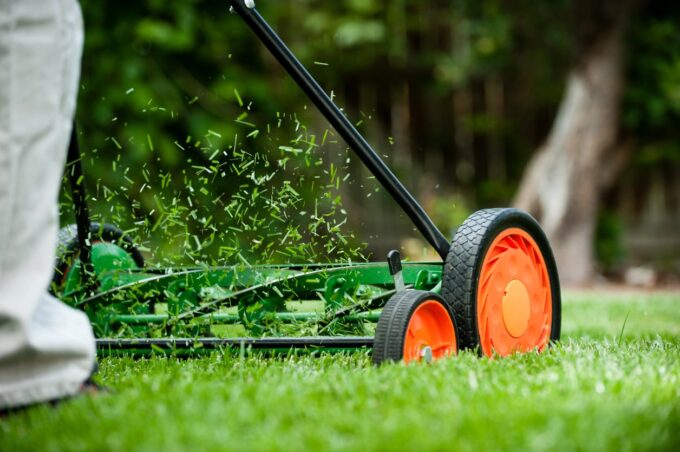
Source: gardeningknowhow.com
Correctly trimming the Bermuda Grass is essential so that it always looks beautiful and healthy. The first step is to ensure that your trimmer’s cutting blades are always sharp so that the cut is adequate and the grass doesn’t look ugly when the edges are dull.
If you’ve just planted the grass, the first cut should only be made when it’s already rooted, as this encourages the plant to grow horizontally, making it cover all the ground more quickly and efficiently.
If you already have the lawn in your garden, mow it whenever the plant height is between 5 and 7 centimeters. The ideal is always to sweep the property after trimming and removing the cut grass layer, as this can compromise the aeration of the soil and cause disease. This layer can be used as mulch in your vegetable garden or your garden.
Try to vary the direction of the cut to avoid soil compaction. For example, if you trimmed north-south the first time, try to trim the lawn east-west the next time. In warmer months, a good tip is to make the lawn a little taller, as this makes it easier to retain moisture, but remember not to overdo it to maintain the beauty of your garden!
3 – Irrigate the lawn
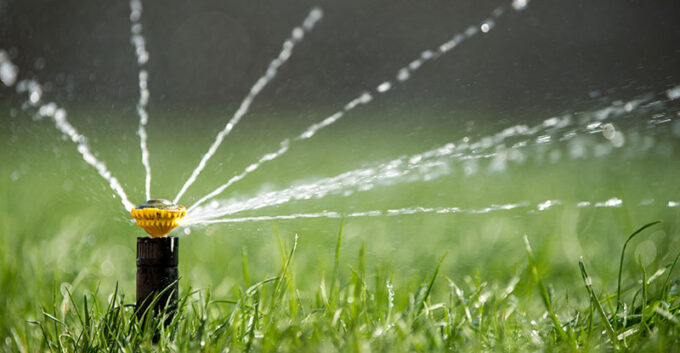
Source: agsod.com
Another essential precaution is the irrigation of Bermuda Grass, which must be done in the right measure so that the plants are always well hydrated. To irrigate the grass, you can use sprinklers if the area is small, or use sprinklers that can be fixed to the ground or even move around the land during irrigation if the space is ample.
The ideal is to irrigate the lawn in the early morning when the water does not evaporate as quickly as it does during the day, and there is enough time for the leaves to dry before nightfall. This is important because when water sits on the lawn overnight, it creates a significant risk of mold infestation caused by moisture.
Regarding the frequency of irrigation, it is recommended that the lawn is irrigated twice a week when there is no rain. On the other hand, if there is adequate rainfall, there is no need to rinse, as excess humidity can cause illness. The indicated is that the volume of water in each irrigation is between 10 and 15 millimeters — to have more security about this measure, you can use a pluviometer.
4 – How to fight lawn pests

Source: bugspray.com
The occurrence of diseases and pests is closely linked to lawn care. By following the tips in this article, chances are you won’t be bothered by this type of problem, but it’s always good to watch out for signs of illness, such as yellowing leaves and the appearance of weeds. If you notice these symptoms, look for a professional who specializes in taking care of the grass so that he can identify the cause of the problem and indicate the best product to fight it!
So, did you like our recommendations? As we’ve seen, there’s no secret to keeping your Bermuda Grass always green. Just do the correct maintenance and watch out for signs of trouble.

